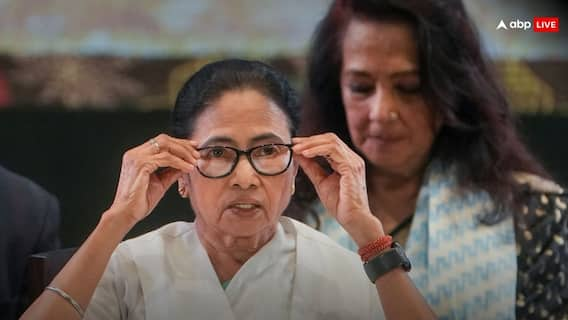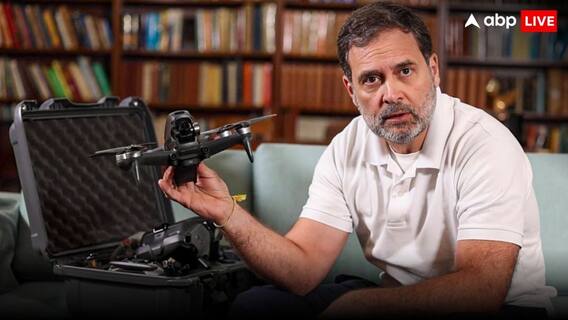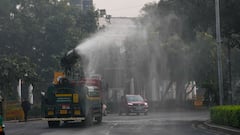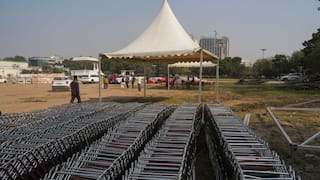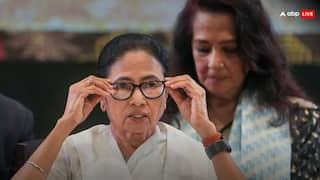Delhi Metro Completes 20 Years Of Operations, Launches Special Exhibition
A special commemorative ceremony was held at the Welcome Metro Station to mark 20 years of Delhi Metro operations, later a special permanent exhibition was also inaugurated by the Japanese envoy.

From its humble beginning in December 2002 with a corridor of just 8.2 km spanning six stations on the Red Line, the Delhi Metro has grown into a network of over 390 km in 2022, completing an eventful journey of 20 years of operations.
A special commemorative ceremony was held at the Welcome metro station which was attended by Japan's Ambassador to India Hiroshi Suzuki, and Delhi Metro Rail Corporation's Managing Director Vikas Kumar, among others. The envoy in his address emphasised the diplomatic and cultural ties between the two countries and how Delhi Metro exemplified them.
A special permanent exhibition marking 20 years of Delhi Metro operations was later opened at Welcome station by the Japanese envoy.
Rare archival images and old news clips have been displayed at the exhibition. It also showcases the partnership of Delhi Metro and Japan International Cooperation Agency (JICA) and other Japanese organizations which have supported Delhi Metro in its journey so far.
Saito Mitsunori, Chief Representative, JICA India Office, was also present on the occasion and addressed the gathering. The DMRC at present operates multiple corridors in the national capital and neighboring cities.
Delhi Metro had begun its commercial operations on December 25, 2002, a day after then-prime minister Atal Bihari Vajpayee had inaugurated DMRC's first stretch, spanning 8.2 kilometres from Shahdara to Tis Hazari, with just six stations.
To mark the two decades of operations, Delhi Metro on Saturday ran a special train, which was flagged off by Vajpayee on December 24, 2002. "It is an exciting milestone for the DMRC, and the special run of the six-coach train took place today between Kashmere Gate station and Welcome station on the Red Line," a senior official said.
A day after the inauguration of the first-ever corridor in 2002, the rush was so massive that authorities had to issue paper tickets to handle the flow of passengers, officials had told PTI earlier.
The introduction of the state-of-the-art rapid transit system was such a novel mode of transport in the city then that many people believed it was only there temporarily and thus the DMRC had to issue advertisements in newspapers to tell people that it was here to stay, they had said.
DMRC trains, on average, run 400-600 km and 16-18 hours a day, officials said. The DMRC network's current span is nearly 392 km with 286 stations (including the Noida Greater Noida Metro Corridor and Rapid Metro, Gurgaon).
Also Read: It'll Take India 20 Years With Growth Rate Of 8-9 Per Cent To Become Developed Nation: Ex RBI Chief
Rare images of the very first piling work done for building the Delhi Metro and old newspaper clippings are among the archival documents which have been put up on display as part of a permanent exhibition at Kashmere Gate station, which was opened last December by the DMRC.
The exhibition -- 'Tracing Delhi Metro's Journey' -- was launched at the Kashmere Gate metro station to mark the Delhi Metro Rail Corporation entering into the 20th year of its operations, the officials said. The Red Line itself has now extended on both sides, to Rithala in Delhi and New Bus Stand (Shaheed Sthal) in Ghaziabad.
(This report has been published as part of the auto-generated syndicate wire feed. No editing has been done in the headline or the body by ABP Live.)

Trending News
Top Headlines











